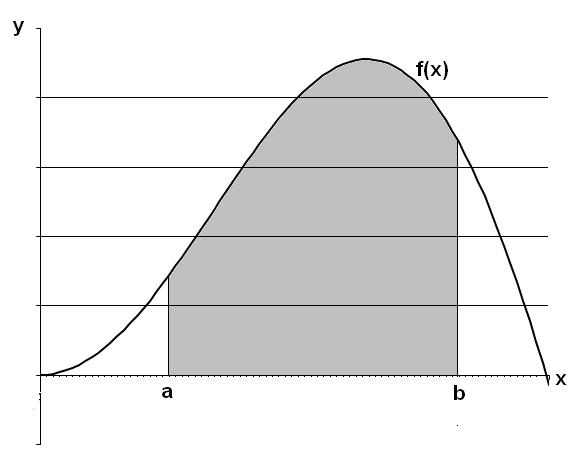www.michael-
buhlmann.de
Mathematik
> Bestimmtes Integral
Integralplotter (Unter-/Obersummenfolgen)
|
Bestimmtes Integral A als Fläche einer integrierbaren Funktion f(x)≥0 auf einem Intervall [a; b] angenähert als Summe von Rechtecken über Teilintervallen -> Untersumme Funktionseingabe (gemäß JavaScript): Variable x, Klammern (), Addition +, Subtraktion -, Multiplikation *, Division /,
Betrag |x| = |
 |
Eingabe von Funktion, unterer und oberer Grenze, Auswahl von Unter-/Obersumme (Dezimalzahlen mit Punkt statt Komma):